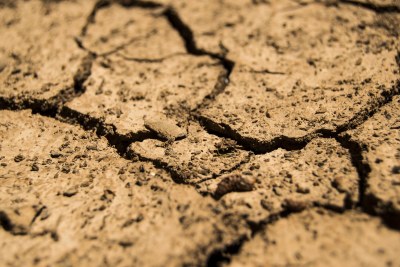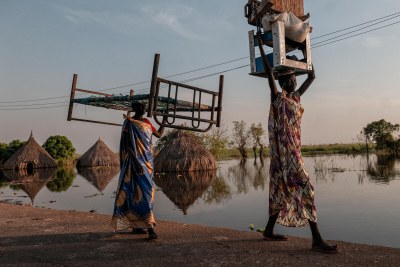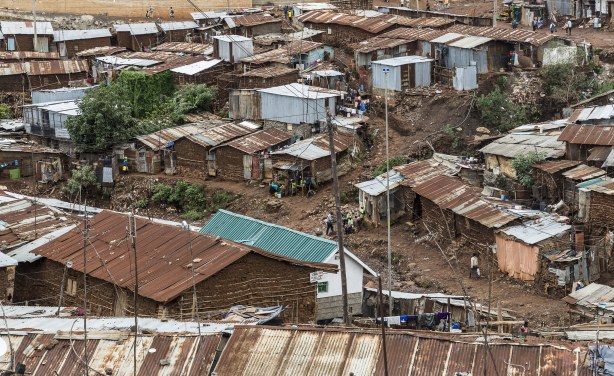-
Africa: Cities Can Do More to Protect Children From #AfricaClimateCrisis
The Conversation Africa, 21 April 2022
Six in 10 people will be living in cities by 2030. This is concerning. Cities are responsible for over 70% of global greenhouse gas emissions. Yet cities can also do a lot to… Read more »
-
Africa: Transformative Leadership: The Solution to Global Health and Climate Crises #AfricaClimateCrisis
allAfrica, 22 April 2022
As the world tentatively moves toward recovery from what we hope is the worst of the COVID-19 pandemic, we are reminded that an even larger threat remains: climate change. Read more »
-
South Africa: The Psychosocial Distress Caused By Climate Change Is an Associated Crisis
Daily Maverick, 18 April 2022
Addressing the mental health effects of the climate crisis as independent of the broader sociopolitical and psychosocial South African context would effectively deny the reality… Read more »
-
Zimbabwe: 'Increase Youth Participation in Climate Change Issues'
263Chat, 25 February 2022
Climate change activists have called on the government of Zimbabwe to find ways of promoting the participation of young people in climate change intervention activities so as to… Read more »
-
Africa: #AfricaClimateCrisis Forces Rising Numbers of Children From Their Homes With No Way Back
savethechildren_uk, 29 October 2021
Surging temperatures, rising water levels and land degradation drove an estimated record 10 million children from their homes last year with the increase in climate migration… Read more »
Africa Cities Can Do More to Protect Children From Climate Change
Six in 10 people will be living in cities by 2030. This is concerning. Cities are responsible for over 70% of global greenhouse gas emissions. Yet cities can also do a lot to mitigate climate change and help people adapt to its impacts. Cities can use renewable energy sources, promote greener transport, and get industries to cut pollution and adopt cleaner production techniques. Also, they can form or use existing networks and partnerships to strengthen these efforts writes Rongedzayi Fambasayi for The Conversation.
Almost 1 billion children - nearly half of the world's children - live in countries that are at extremely high risk of climate change impacts. Climate change has direct and indirect impacts on children's rights to health, life, dignity and education. Also, climate change increases the risk of exposure to violence against children. Climate-induced disasters displace people, and limit access to schools, adequate water and nutrition. UNICEF has drawn attention to the fact that "the climate crisis is a child rights crisis".
InFocus
-
Farmer groups have warned of foods shortages in Ziimbabwe owing to the prolonged dry spell currently being experienced in the country. This comes after the Famine Early Warni Read more »
-
Headlines all around the world focus on climate projections about rising sea levels and high temperatures - but we rarely discuss how girls and women are most hit by climate ... Read more »




